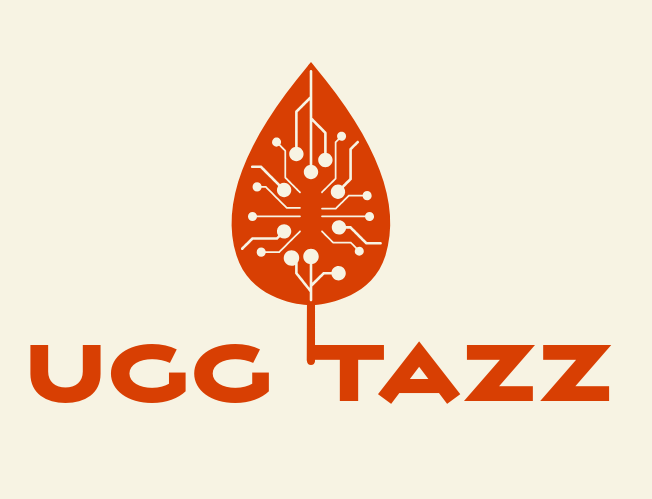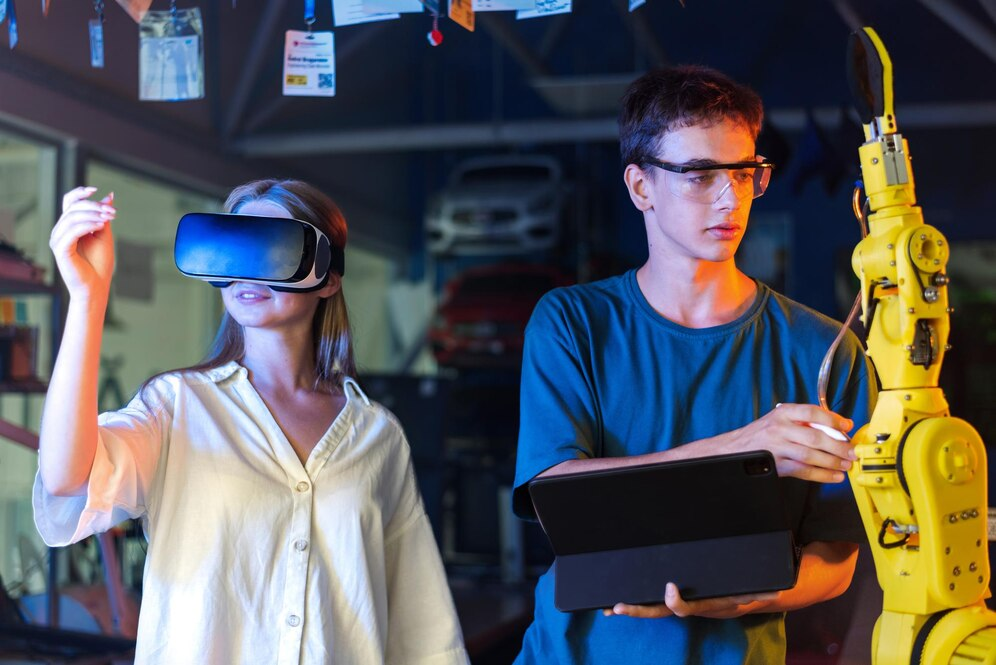Digital twins have emerged as a transformative technology in the realm of simulation and modeling. This concept, which involves creating virtual replicas of physical assets or processes, is revolutionizing various industries. The rise of digital twin software toolkits has played a pivotal role in advancing this technology.
Understanding Digital Twins
A digital twin is a digital replica of a physical entity. This technology enables real-time simulation and analysis by mirroring the physical object’s attributes and behavior. By integrating data from sensors and other sources, digital twins provide a comprehensive view of operations, enhancing decision-making processes.
Applications in Industry
Digital twins find applications across numerous sectors. In manufacturing, they optimize production lines by simulating different scenarios and identifying inefficiencies. In the energy sector, digital twins help in managing and predicting the performance of assets like turbines and power grids. This predictive capability significantly reduces downtime and maintenance costs.
Enhancing Predictive Maintenance
Predictive maintenance is one of the standout benefits of digital twin technology. By continuously analyzing data from the digital replica, companies can predict when equipment might fail. This proactive approach minimizes unexpected breakdowns and extends the lifespan of critical machinery.
Improving Product Design
Digital twins also play a crucial role in product design. Engineers and designers use Digital Twin Software Toolkit to test and refine products in a virtual environment before physical prototypes are made. This reduces development time and costs while enhancing product quality and performance.
Streamlining Operations
Operational efficiency is greatly improved through digital twins. By simulating various operational scenarios, organizations can identify potential bottlenecks and optimize processes. This leads to more streamlined operations and better resource management.
Integrating with IoT
The integration of digital twins with the Internet of Things (IoT) has further expanded their capabilities. IoT devices collect real-time data, which feeds into the digital twin, creating a dynamic and accurate representation of the physical world. This synergy enhances the precision of simulations and the effectiveness of predictions. As technology evolves, digital twins will likely become an integral part of various industries, driving further efficiencies and innovations.
Challenges and Considerations
Despite their benefits, digital twins come with challenges. Data security is a major concern, as the technology relies on large amounts of sensitive information. Additionally, the complexity of creating and maintaining accurate digital twins can be daunting. Addressing these challenges is crucial for maximizing the potential of digital twins.
The Future of Digital Twins
Looking ahead, digital twins are poised for continued growth and innovation. Advances in artificial intelligence and machine learning will enhance their capabilities, making simulations even more accurate and insightful. As technology evolves, digital twins will likely become an integral part of various industries, driving further efficiencies and innovations.
In conclusion, digital twins represent a significant advancement in simulation technologies. With the help of digital twin software toolkits, industries can achieve greater efficiency, predict maintenance needs, and streamline operations. As the technology continues to evolve, its impact is expected to grow, shaping the future of simulation and modeling.




